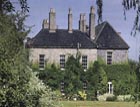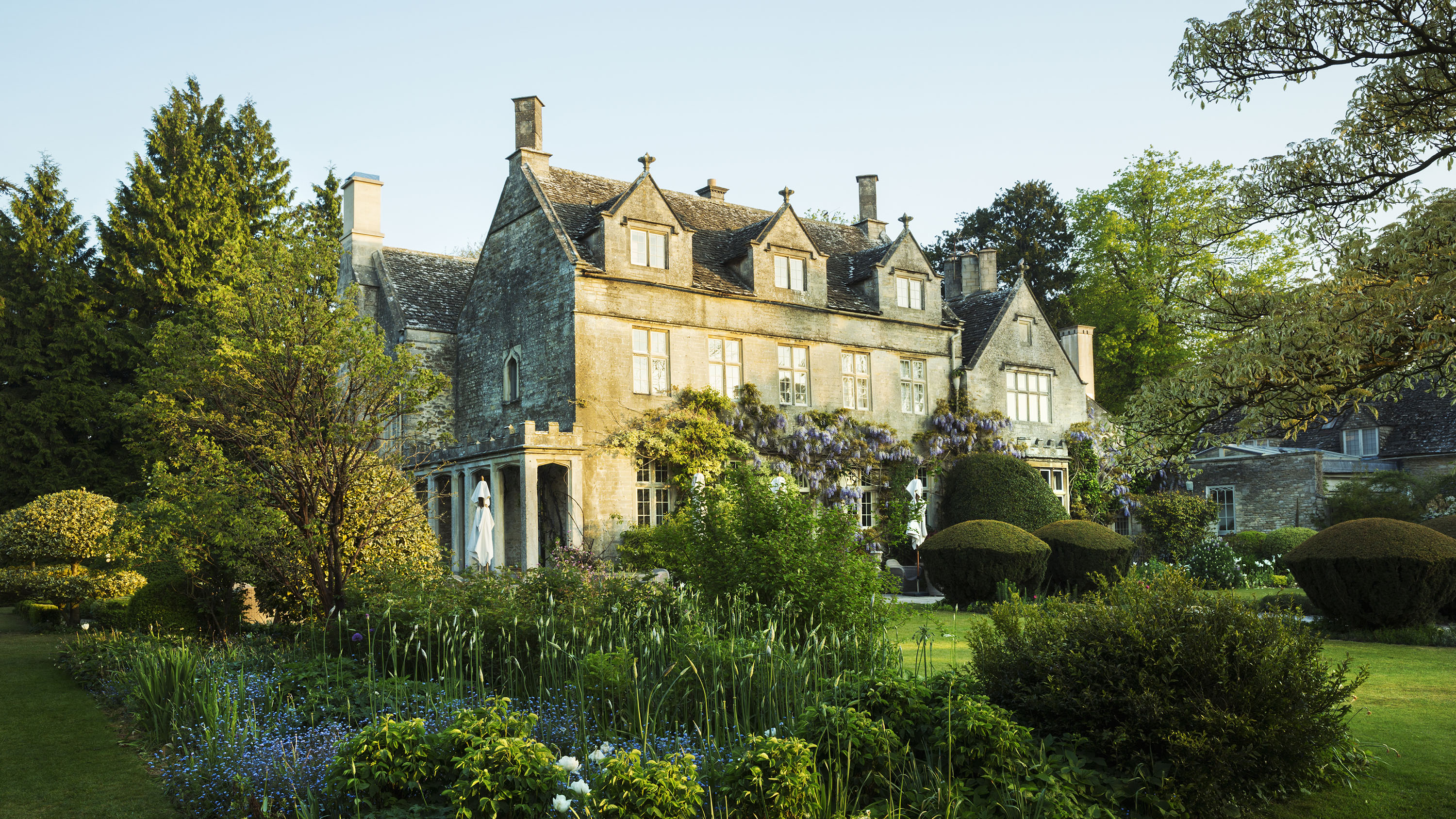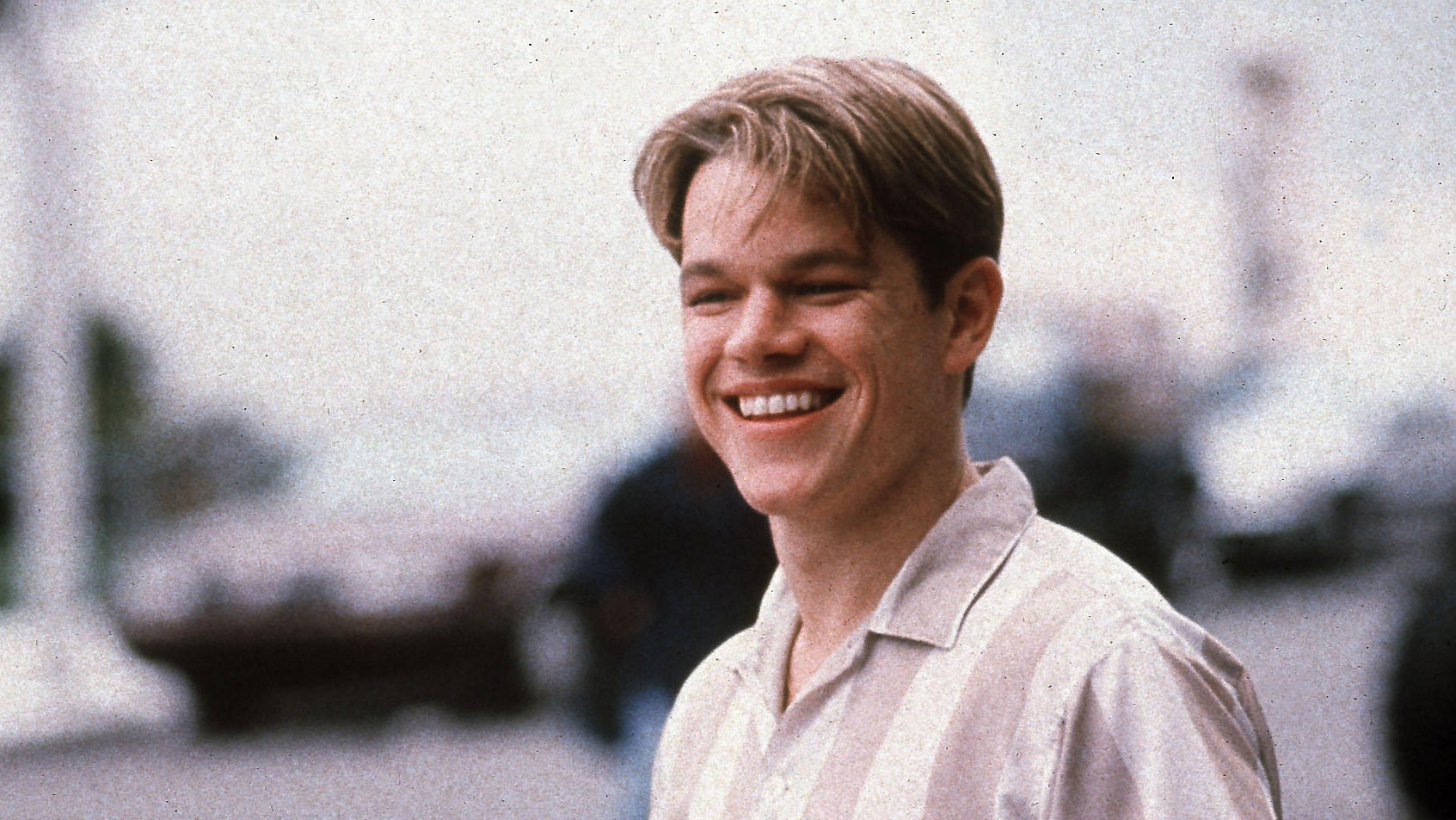Houses with History
An old rectory and a remnant of an old college, now a spectacular house, are both on the market in East Anglia


A long, gravelled drive leads to the front of the Old Rectory at Syderstone, near Burnham Market ?a second drive then branches off to a three-bedroom coach house at the back. Built in the 17th century with a Georgian façade added in about 1800, the house has been extensively renovated throughout by the current owners. Savills (01603 229229) quote a guide price of £1.5m for the Old Rectory, which has three main reception rooms, five/six bedrooms and three bathrooms, and stands in 1.6 acres of landscaped gardens and grounds de-signed by Anne Maynard.
Across the county boundary in Suffolk, the Old Rectory at Euston, 13 miles from Bury St Edmunds, is the only major property in the village which is no longer part of the Duke of Grafton?s Euston estate.
The house dates from the late 17th century when Lord Arlington bought the Euston estate and transferred the parsonage from its site within the park to its present one on the opposite side of the Thetford road. After the Second World War, the cost of maintaining a large house became prohibitive for Church and aristocracy alike. In the late 1940s, the 10th Duke of Grafton decided to demolish much of that part of Euston Hall which was rebuilt after a fire in 1902, at much the same time as the Church decided to sell off the rectory.
It was bought in 1948 by the present Duke of Grafton with the Duke disapproved of the idea of his heir living across the road and it was resold in 1951 to Rosemary Phelps. In the late 1980s, Miss Phelps?s death, the present owners, James and Rosemary Macdonald, bought the Old Rectory and have transformed it into an elegant but unpretentious family country house. Hidden from view behind a belt of woodland, with immaculate lawned gardens leading down to the slow-moving Black Bourn river, the Old Rectory has four main reception rooms, a master suite, a two-bedroom children?s wing, four further bedrooms and three further bathrooms.
The grounds of 5.4 acres include a walled kitchen garden,a water meadow and a fine range of traditional outbuildings. Savills (01223 347000) and Bedfords (01284 769999) quote a guide price of £1.45m.The sleepy Suffolk town of Eye should have become a hive of activity in Victo-rian times, but the local squirearchy refused to let the railway cross their land. However, the area was more dynamic in previous centuries, it seems, for Wingfield a library, a panelled drawing room, three further reception rooms, a kitchen/breakfast room, seven bedrooms and two bathrooms.
The house stands in some nine acres of gardens and grounds, a striking featureof which is an eccentric box topiary garden planted in the arc of the old college quadrangle, surrounded by tall yews.LOST AND FOUNDFOR sale through Bidwells (01473 611644) at a guide price of £895,000, The White House at Campsea Ashe near Woodbridge, Suffolk, is a char-ming, 18th-century, four-bedroom house built within part of the famous gardens that once surrounded Ashe High House (for more information, see Kathryn Bradley-Hole?s Lost Gardens of England).
The original Elizabethan brick mansion, remodel-led by Anthony Salvin in the 19th century, was demolished in the 1950s. Now the once-neglected gardens have been restored by the present owners to their original Elizabethan splendour.
Exquisite houses, the beauty of Nature, and how to get the most from your life, straight to your inbox.
?The building?s medieval origins were largely forgotten until the present owner began restorations?4? College at Wingfield, near Eye, is desc-ribed as ?a study in medieval upward mobility? in Simon Jenkins?s England?s Thousand Best Houses.
Currently on the market at £975,000 through Bidwells (01473 611644) and Savills (01473 234800), the historic, Grade II*-listed, house is the remnant of a college founded by John de Wingfield in 1362, and dissolved in 1542 when a large part of the building was demo-lished. In the 18th century, the remaining
wings were remodelled in Palladian style by Squire Buck. The building?s medieval origins were largely forgotten until the present owner began a painstaking programme of restoration
in the 1970s.
The spectacular great hall is all that remains of the original college: later accommodation includes a library, a panelled drawing room, three further reception rooms, a kitchen/breakfast room, seven bedrooms and two bathrooms. The house stands in some nine acres of gardens and grounds, a striking feature
of which is an eccentric box topiary garden planted in the arc of the old college
quadrangle, surrounded by tall yews.
This article was originally published in Country Life magazine, July 21, 2005. To subscribe click here.
Country Life is unlike any other magazine: the only glossy weekly on the newsstand and the only magazine that has been guest-edited by His Majesty The King not once, but twice. It is a celebration of modern rural life and all its diverse joys and pleasures — that was first published in Queen Victoria's Diamond Jubilee year. Our eclectic mixture of witty and informative content — from the most up-to-date property news and commentary and a coveted glimpse inside some of the UK's best houses and gardens, to gardening, the arts and interior design, written by experts in their field — still cannot be found in print or online, anywhere else.
-
 'It'll either calm the storm or conjure something that chills the market overnight': The property experts' views on what The Budget will mean
'It'll either calm the storm or conjure something that chills the market overnight': The property experts' views on what The Budget will meanWith the The Budget expected to bring some of the biggest changes to property taxation in generations, Annabel Dixon speaks to agents around Britain to gauge the latest thinking in the world of housing.
-
 The unbearable lightness of being Matt Damon: Country Life Quiz of the Day, November 25, 2025
The unbearable lightness of being Matt Damon: Country Life Quiz of the Day, November 25, 2025Test your general knowledge in today's Quiz of the Day.
